New stage for the Franco-German interdisciplinary research project Brain Roads. Field workshop in the neurosurgery department of the Reims University Hospital and study day organised by Olaf Avenati & Patricia Ribault.
Field workshop in the neurosurgery department of Reims University Hospital
The neurosurgery department of Professor Claude-Fabien Litré welcomes us for two days of observations of awake neurosurgery practices, biopsy practices and medical imaging production. An opportunity for our working group to clarify our understanding of the dynamics that link images to medical practices.
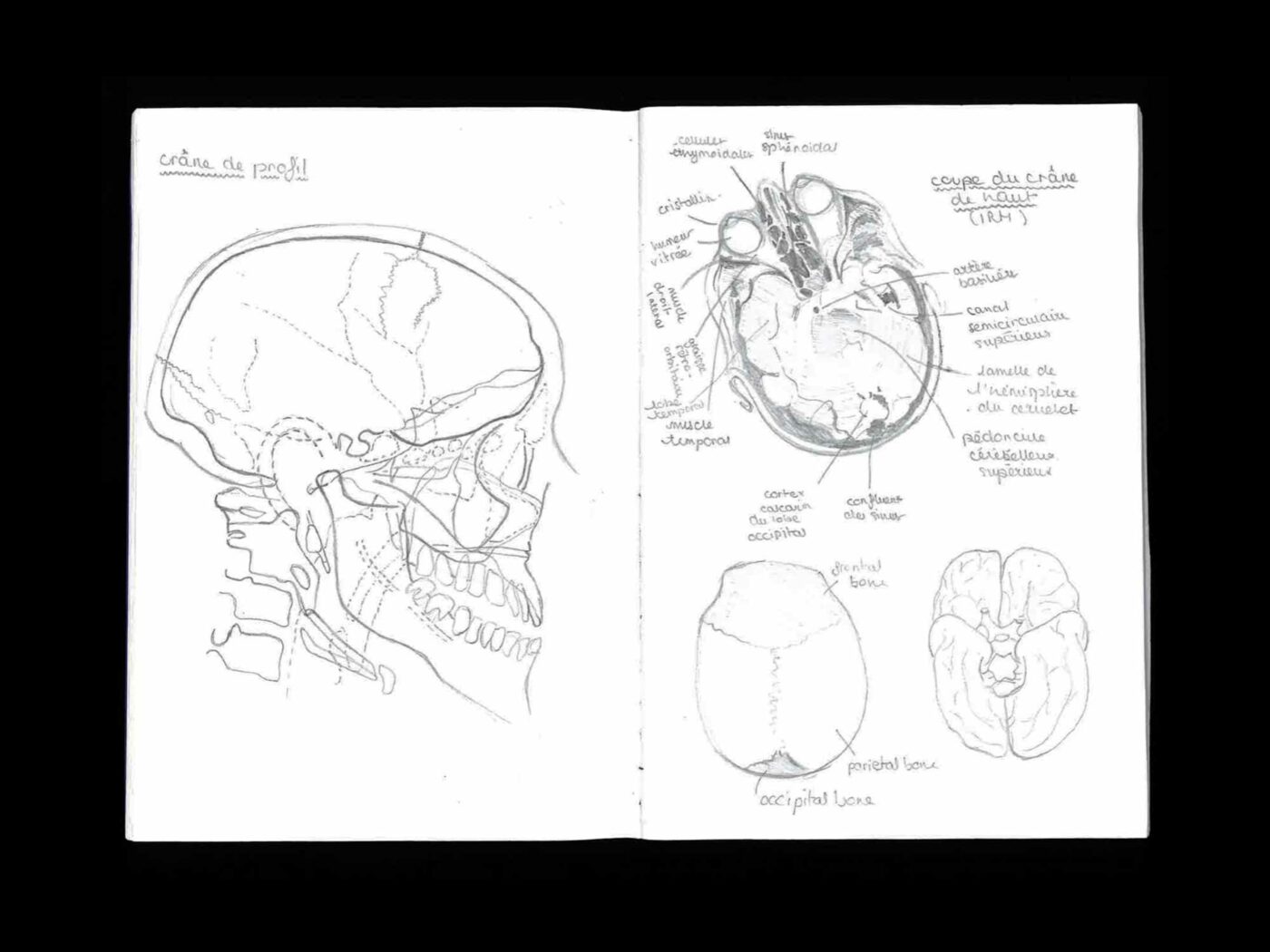
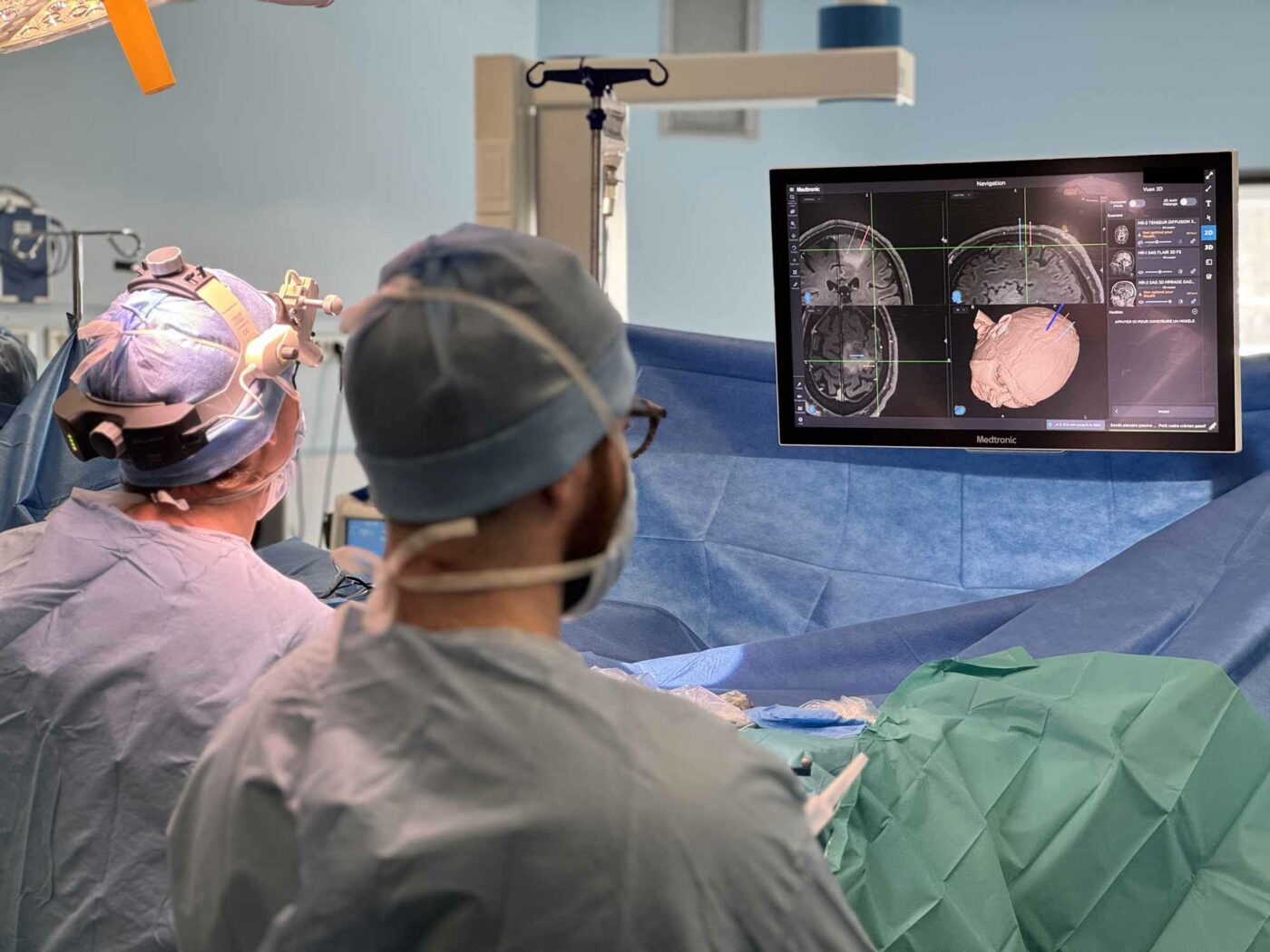
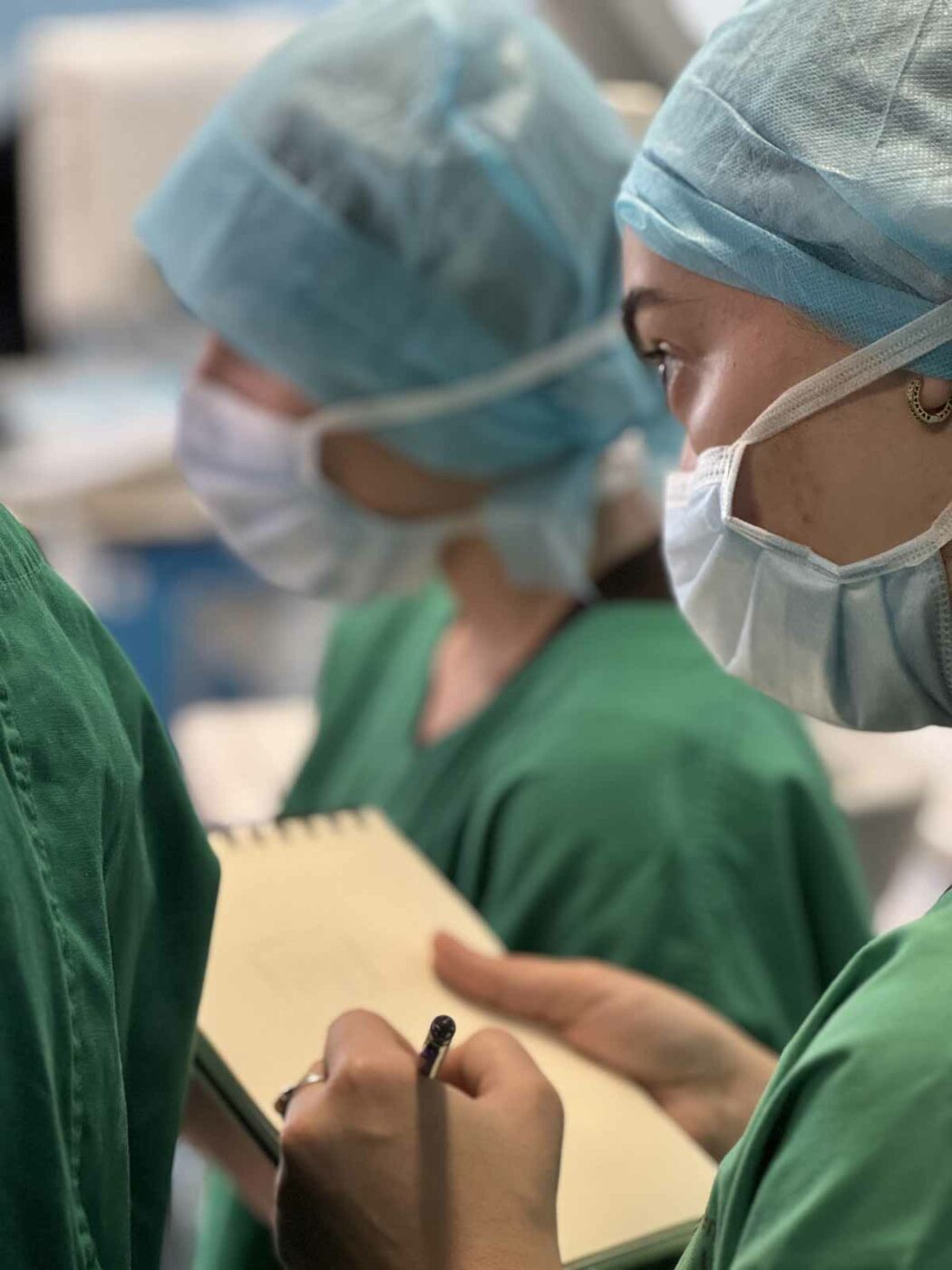
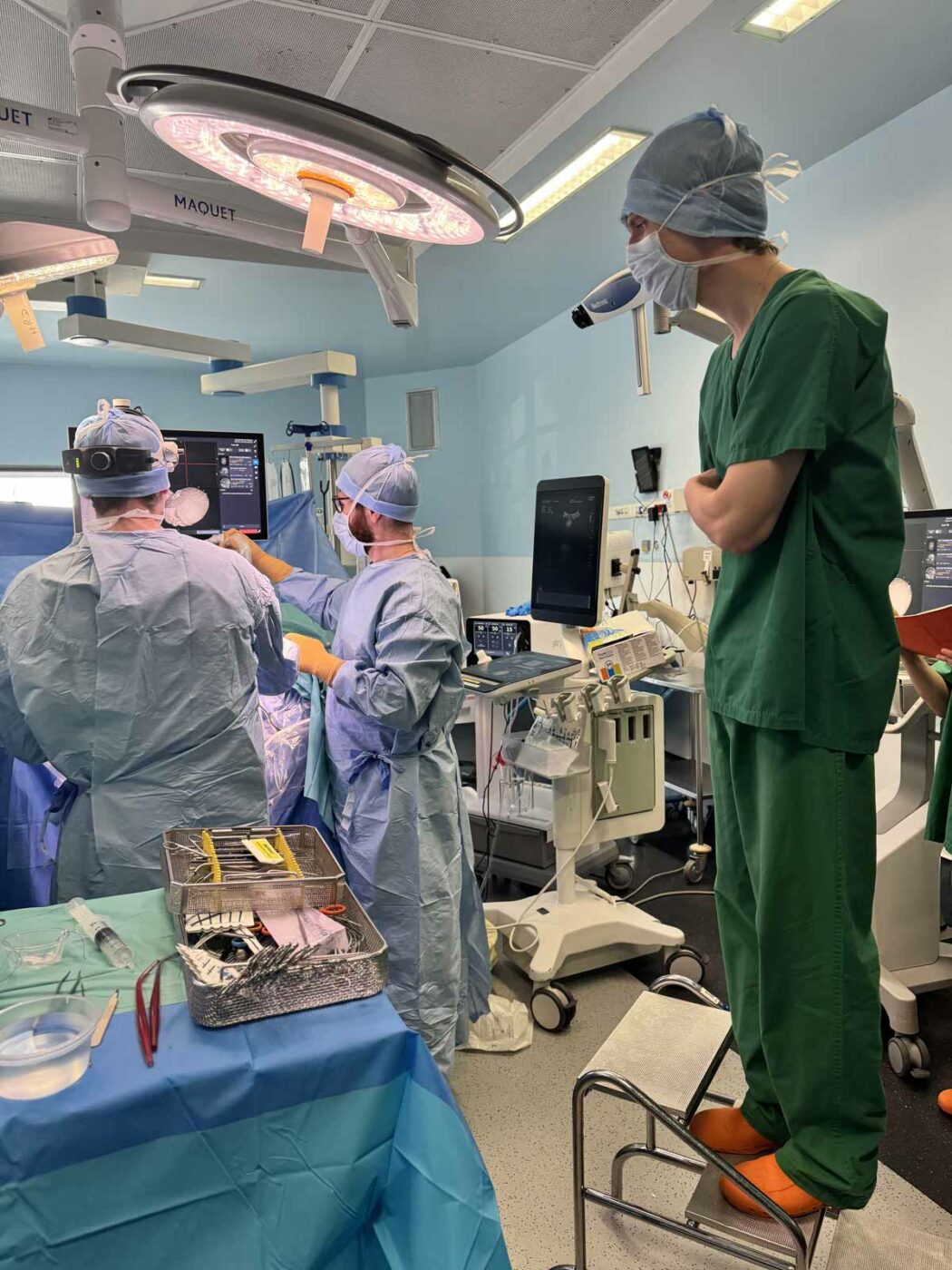
Symposium on “Visions and Representations of Neuroplasticity”, Villa Douce (Reims)
Seeing the invisible. Seeing the brain, its anatomy, its functional pathways, its plasticity. Non-invasive methods of observing and describing the brain (such as MRI, functional MRI, tractography, connectome mapping…) deploy varied and autonomous graphic languages, turning each type of image into a small universe with its own rules and modes of reading. The Brain Roads project explores two hypotheses. The first is that a new graphic language can better align representations with observed reality and the concepts that describe brain plasticity. The second is that a commitment to graphic coherence between representational universes derived from medical imagery may enable these images to better cohabit within tools for exploring and visualizing the brain’s digital twin. The aim of this symposium is to gain a better understanding of the role of images, and to analyze their modalities and limits after observing their use in situ, in order to better understand neuroplasticity, propose new graphic forms, and open up an interdisciplinary conversation on their future.
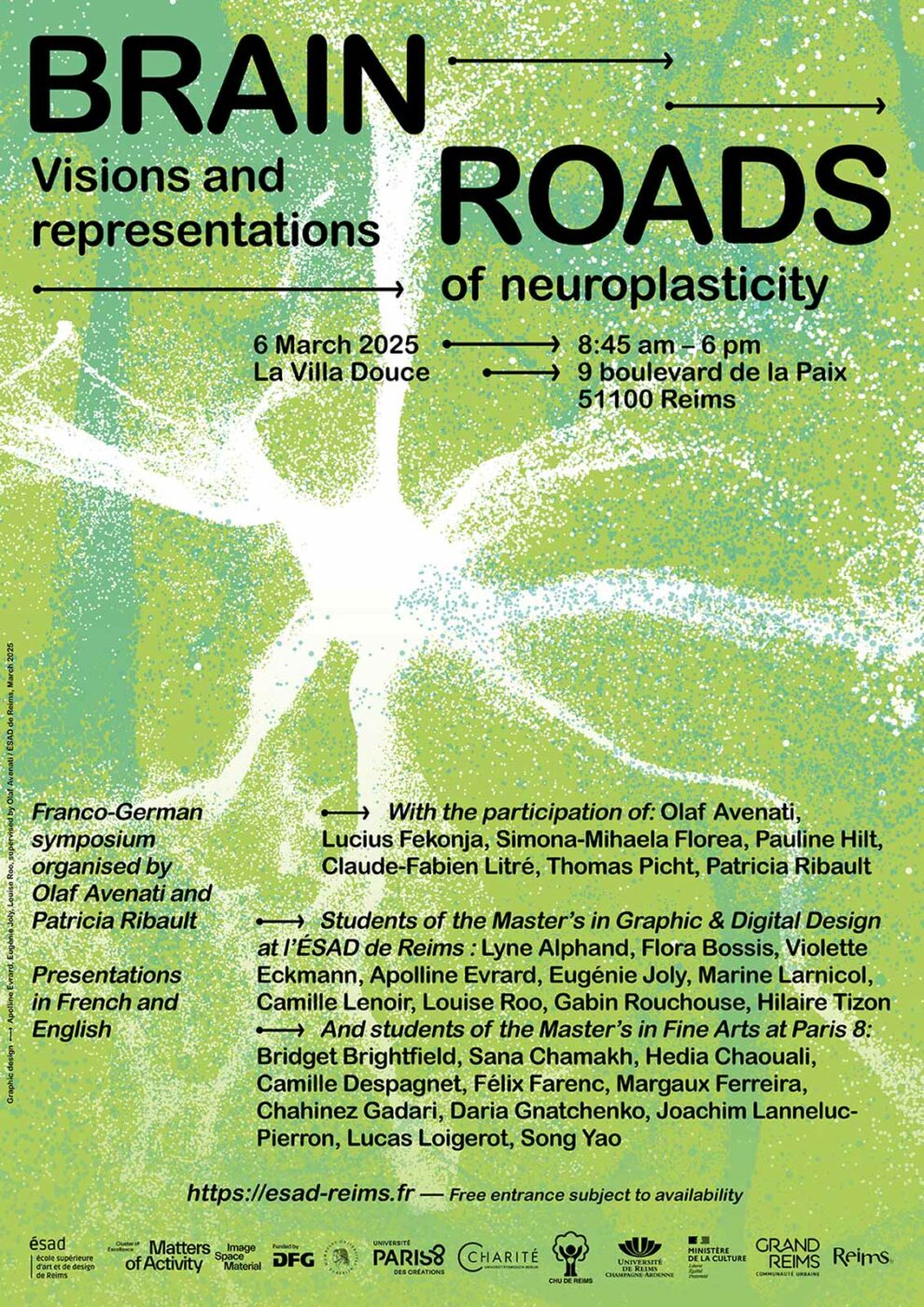
Symposium programme (pdf) : https://esadreims.fr/wp-content/uploads/2025/03/brain-roads-depliant-OA-en-pour-email.pdf
Participants
Olaf Avenati
Olaf Avenati is a graphic and digital designer and
teacher at ÉSAD in Reims. He runs the Datavisualisation
research programme. He is an associate member of
the Cluster of Excellence Matters of Activity / Humboldt
University of Berlin. He is developing the Brain Roads
project, which aims to visualise and explore the digital
model of the human brain.
Lucius Fekonja
Dr. Lucius S. Fekonja specializes in translational network
neuroscience, focusing mainly on tractography-based
network analysis in tumor patients. As project group
leader at Charité – Universitätsmedizin Berlin and the
Cluster of Excellence Matters of Activity, he combines
advanced neuroimaging with clinical applications. His
background is in knowledge visualization and scientific
illustration.
Simona-Mihaela Florea
After training at the Carol Davila University of Medicine
and Pharmacy in Bucharest, Dr Florea has been practicing
as a specialist in paediatric neurosurgery and skull base
surgery at the Reims University Hospital since 2022.
Pauline Hilt
Pauline Hilt is an INSERM researcher (CAPS Laboratory
– Cognition, Action and Sensorimotor Plasticity, in
Dijon). After training in mathematics, computer science
and cognitive science, she completed a doctorate in
movement sciences. Her research focuses on movement
control, inter-individual variability and the effect
of action observation on brain plasticity for motor
rehabilitation.
Claude-Fabien Litré
Claude-Fabien Litré is Professor of Medicine, head of the
neurosurgery department and head of the Neurosciences,
Head and Neck Unit at Reims University Hospital,
and Vice-Dean of the Reims Faculty of Medicine. He
specialises in cranial surgery, spinal and peripheral
nerve surgery, cerebral endoscopy, neurosurgery,
functional neurosurgery and cerebral magnetic stimulation.
Thomas Picht
Thomas Picht is a neurosurgeon and Professor of Digital
Neurosurgery at Charité – Universitätsmedizin Berlin.
He leads the Image Guidance Lab, co-founded the
Speculative Realities Lab, and heads the CEED Industryin-
Clinic Platform. His research focuses on brain function
diagnostics, neuromodulation, visualization strategies,
and simulation concepts in surgery and education.
Patricia Ribault
Patricia Ribault is associate professor in the department of Visual Arts at the Université Paris 8 Vincennes—Saint Denis, and Principal Investigator of the Cluster of Excellence Matters of Activity / Humboldt-Universität zu Berlin, where she was a professor between 2015 and 2024. She also runs a Master’s seminar at Beaux-Arts de Paris. Her research focuses on the body, gesture, work, technique, materiality, art, design, and, more recently, on posthumanist studies. Recent publication: Design, Gestaltung, Formatività. Philosophies of Making, Birkhäuser (2022).
Lyne Alphand, Flora Bossis, Violette Eckmann, Apolline Evrard, Eugénie Joly, Marine Larnicol, Camille Lenoir, Louise Roo, Gabin Rouchouse, Hilaire Tizon are the Graphic & Digital Design Master’s students from the ÉSAD in Reims.
Bridget Brightfield, Sana Chamakh, Hedia Chaouali, Camille Despagnet, Félix Farenc, Margaux Ferreira, Chahinez Gadari, Daria Gnatchenko, Joachim Lanneluc-Pierron, Lucas Loigerot et Song Yao are students of the Master of Fine Arts programme at Paris-8.
The Brain Roads Symposium is coordinated by the Graphic and Digital Design Department of the ÉSAD in Reims in partnership with the Cluster of excellence « Matters of Activity. Image, Space, Material » Humboldt-Universität zu Berlin, the Master of Fine Arts programme at the University of Paris 8, the Image Guidance Lab / Charité – Universitätsmedizin Berlin, and the CHU de Reims with the support of the Ministère de la Culture.
The Brain Roads workshop media relay:
Découvrez le programme de recherche Datavisualisation
Programme Datavisualisation
Découvrez les autres programmes de recherche de l’ÉSAD de Reims
Unité de recherche